Disney
Design Strategy | Building Hong Kong Disneyland and other adventures as an Imagineer
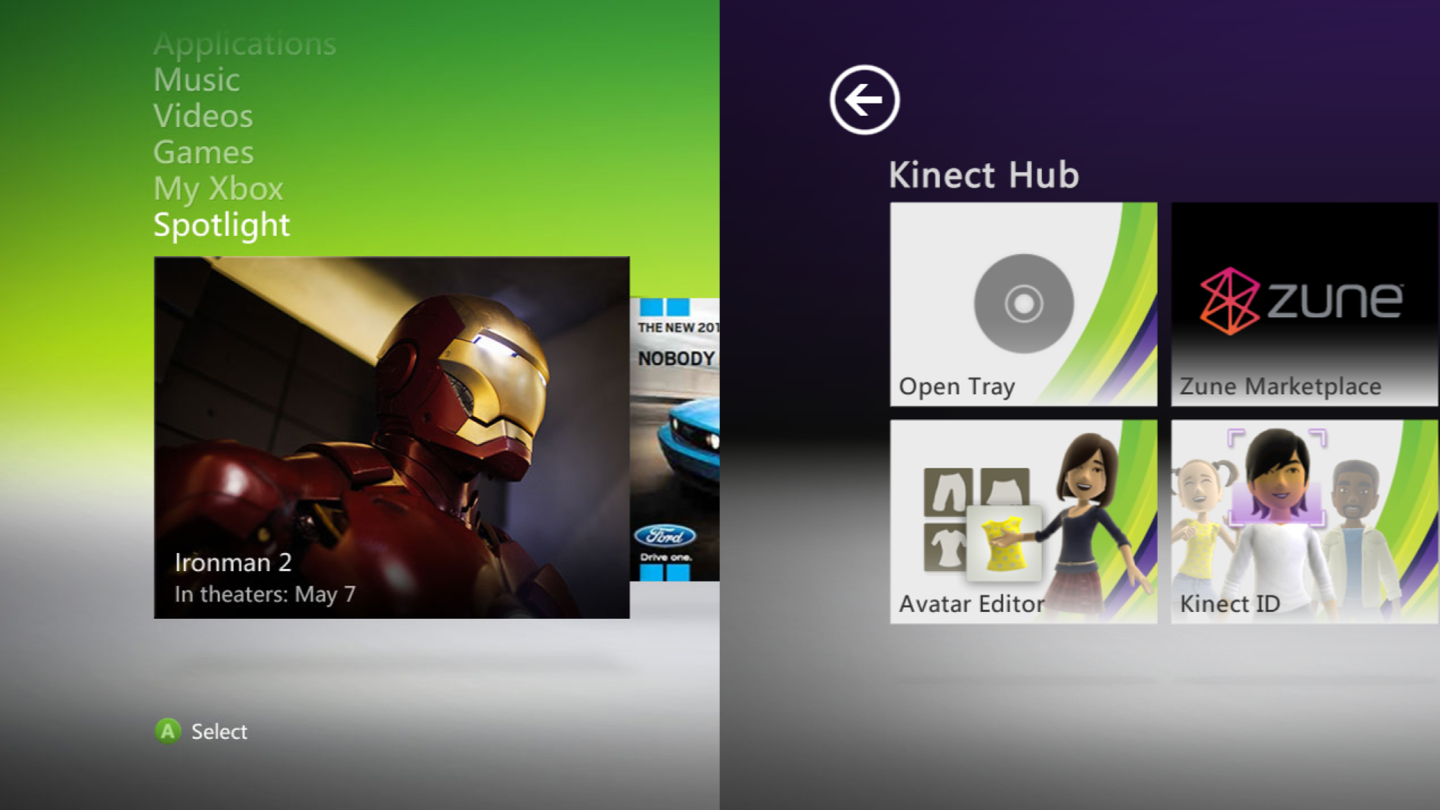
Xbox 360 had evolved from being very gaming-focused in its early years to adding other forms of entertainment such as Netflix, Zune video and music, ESPN, Twitter, Facebook, and Last FM, in the late 2000s.
We had all these great experiences that anybody could enjoy, but the controller made it hard for some people to get in and enjoy that entertainment. We knew since we already had a great controller that we wanted to do something that was controller-free.
2200+
Microsoft employees were beta testers
+8m
Units sold in the first 60 days
In three years, the Kinect team incorporated technology from all over Microsoft. It even looked outside the company to be able to make a device that could recognize a user, track their body, and recognize speech.
In Microsoft Research, there are a bunch of scientists doing technology experiments and inventing. We discovered they’d been working on things that could enable voice recognition and human recognition that we were able to bring over to Xbox.

As a creative process, the development of Kinect was the method-acting version of designing entertainment. If an actor is playing a role as a fireman, he’ll work as a fireman for a few months. We took that kind of immersive design approach.
The team consulted all kinds of experts in creating Kinect, not just technological experts. We talked to actors, artists, consumers, language, gesture, and movement experts.
The way we built the technology, anybody—no matter what their gaming experience is, can jump in without any learning curve. It focuses on having fun; that huge smile light up their face as they see the stuff they’re doing with their bodies and their voice. That’s what makes Kinect magical.
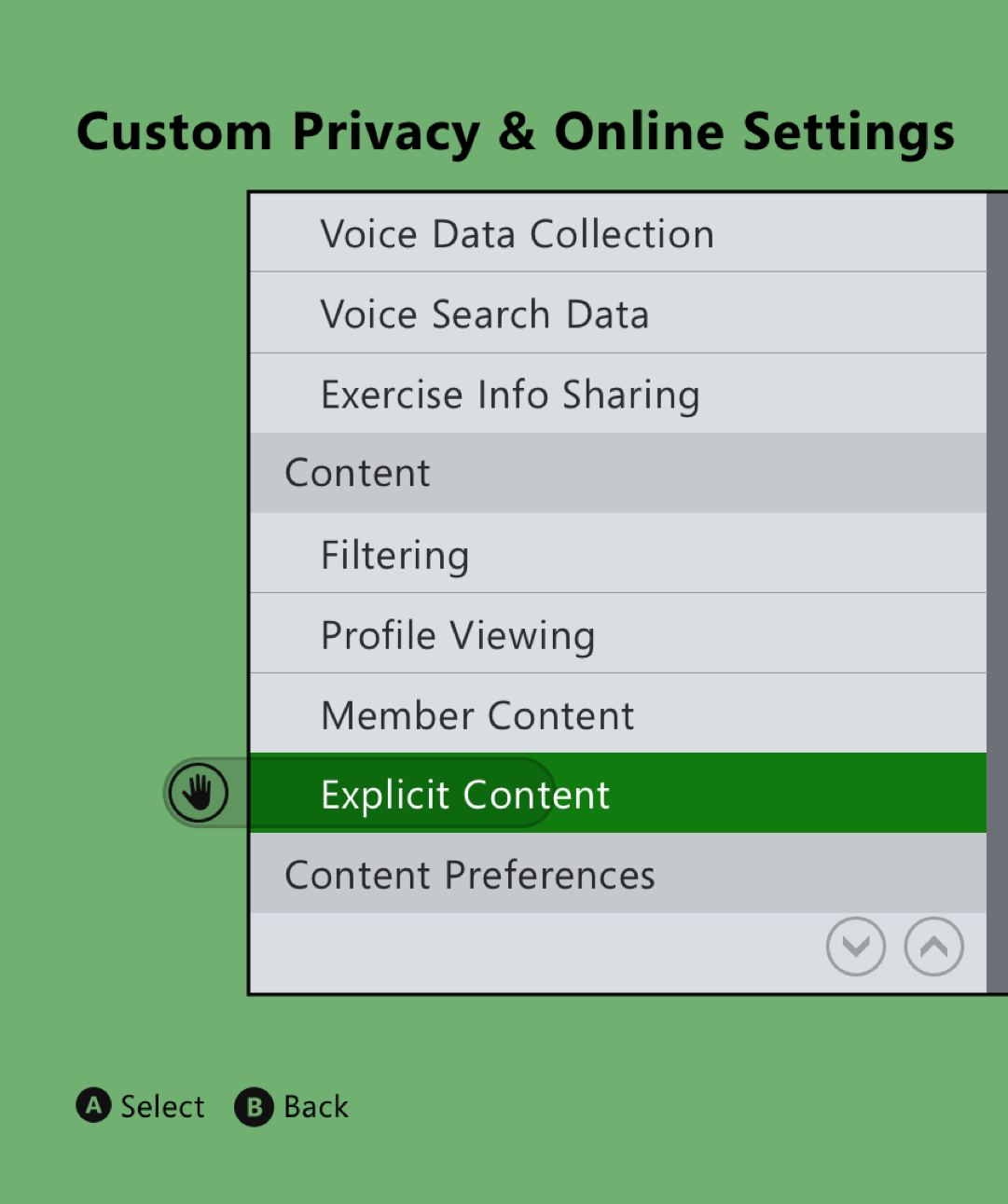
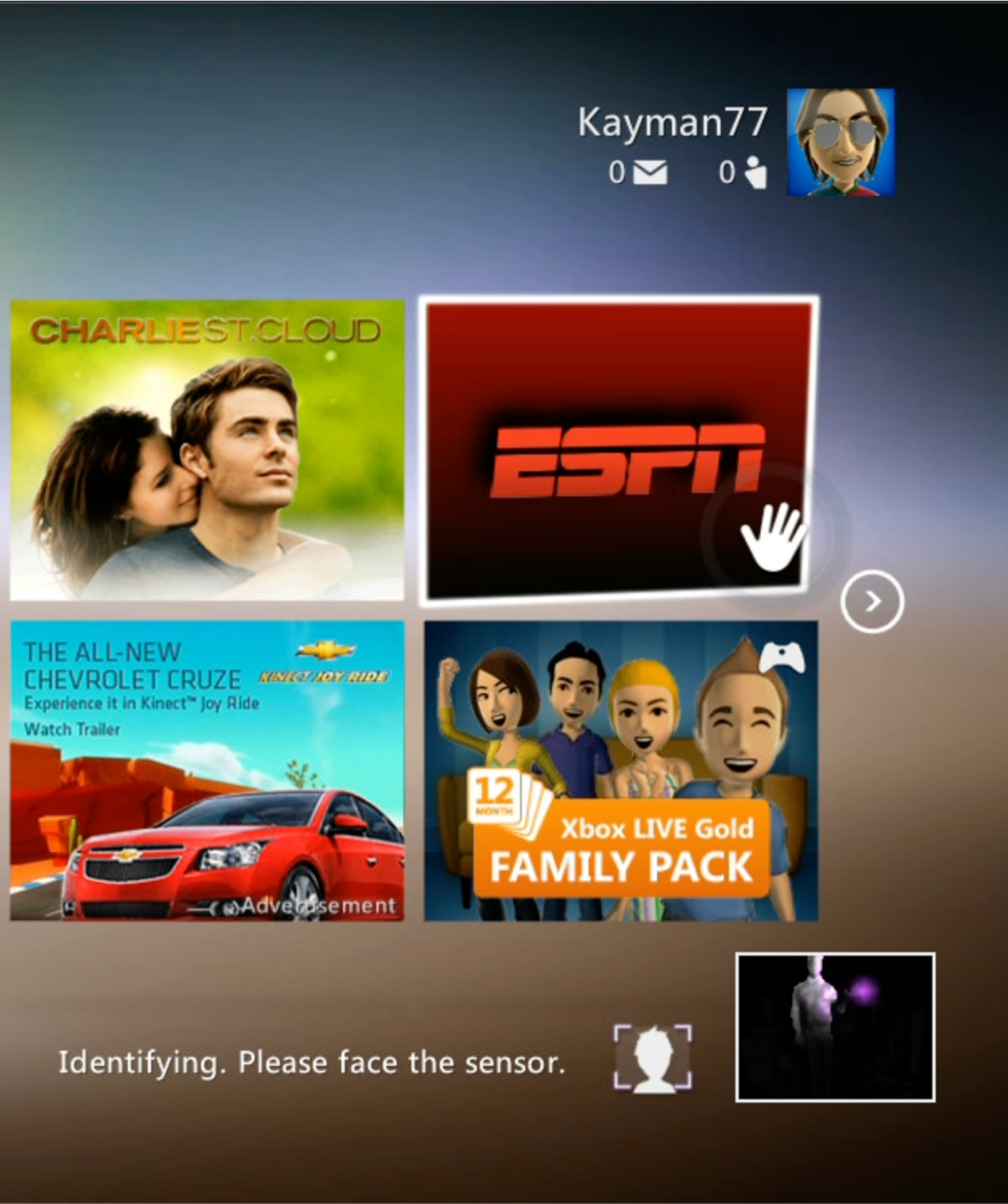
In early 2010, we were still looking at adding a new interaction layer on the z-axis of the existing, albeit updated, Xbox 360 UI.
As shown above, on the left, we were looking to incorporate selection, swipe, and scroll to the components and card templates. UX Research and Engineering found that the sensors in the camera weren’t able to allow stable control of the UI through this model. With the expected announcement at E3 in June, we finalized the separate tile-based UX shown above on the right. Designing Kinect interface buttons to be larger resulted in greater performance with hand-activated selections and successful customer navigation models.
Utilizing Microsoft’s Game User Research labs, we could see how gamers, young and old, would react to the Kinect. To see a fifth-grader interact with a Snow Leopard in Kinectimals and say “play dead” to the on-screen cub, it would obey, roll over on its back with paws sticking straight up in the air.
There was also a problem with widespread testing of Kinect in various room types and different bodies accounting for age, gender, and race, among other factors, while keeping the details of the unit confidential. Microsoft engaged in a company-wide program offering employees to take home Kinect units to test them.
During the E3 announcement, it was great to see people with high excitement levels no matter their gender or age group. Seeing family members in the 2010 holiday season, young and old, jumping into games like “Kinect Joy Ride” and watching movies through Zune Video without the need for a remote. Controller-free entertainment means anyone can jump into the action. No one feels left out, everyone participates, and it’s a great way to make sure kids stay active and fit while having fun.
Over the years, we evolved the Xbox 360 to take more significant advantage of Kinect. As the controller is still the preferred navigation method, we knew that the Kinect’s interface in 2010 would easily port over to the controller. So in 2011 (below left), we rebuilt the Xbox 360 UI to use a similar card layout inspired by the Kinect’s original UI.
Then in 2013 (below right), we began to work on the next-generation Xbox console. With the success of Xbox 360 and its value-added companion, the Kinect, we made sure to bring Kinect along for the ride.
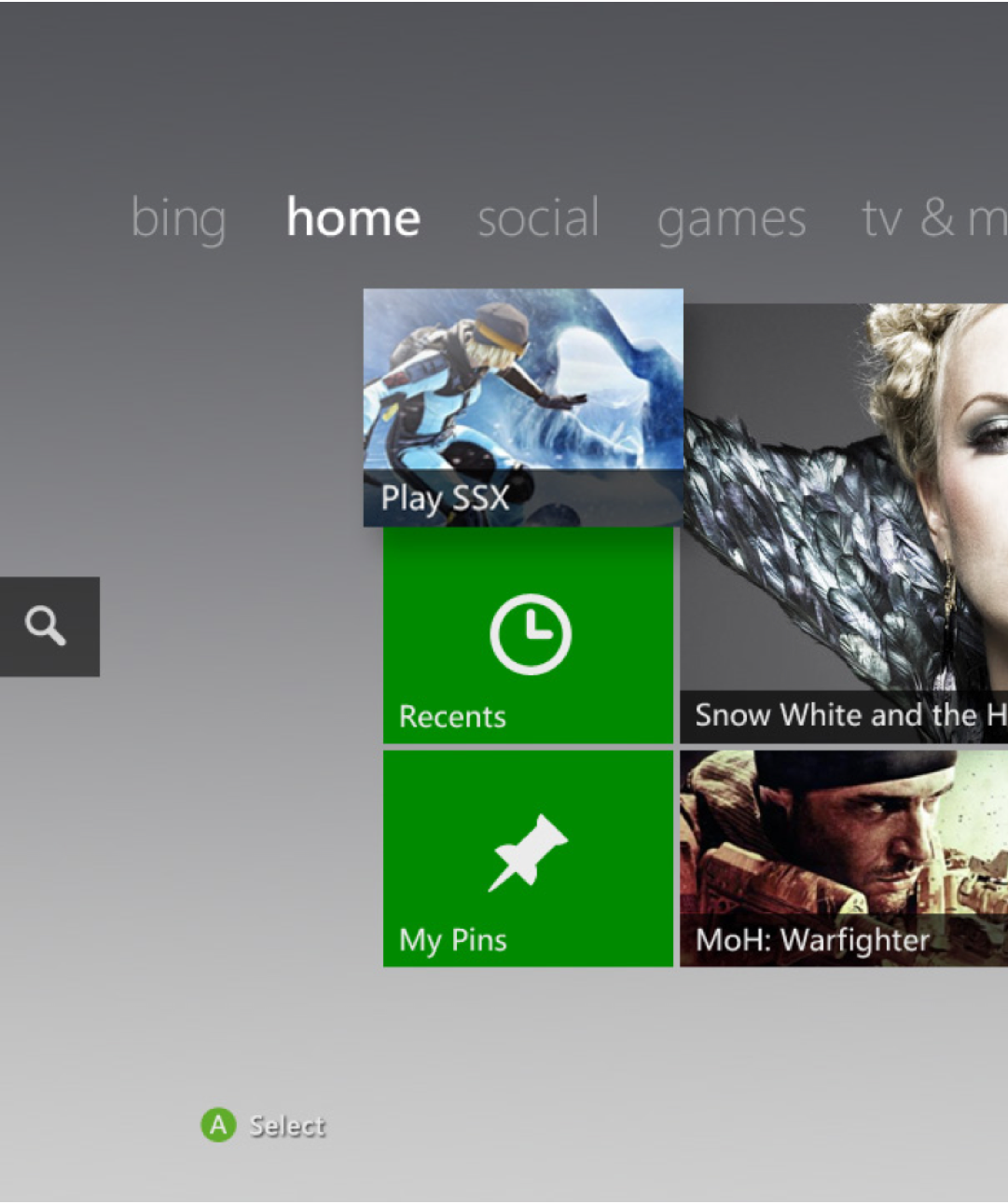
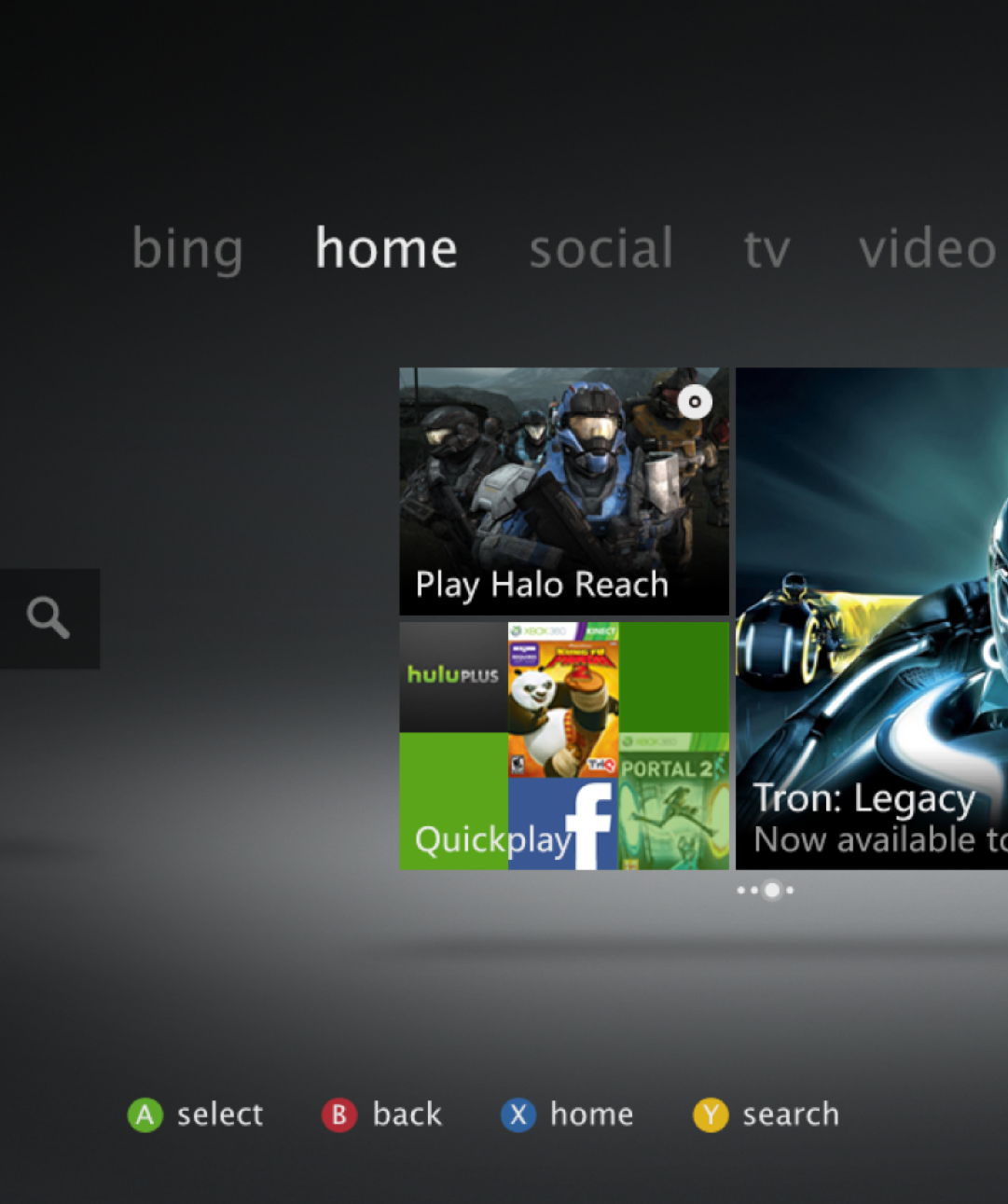
After selling 35 million units, as with most technology, Kinect was discontinued in 2017. Not only did it bring hours of game play to homes, but there were also labs and other studies that greatly benefited from its system. Today, it lives on as Azure Kinect.
Do amazing products excite you just as much as me? Reach out